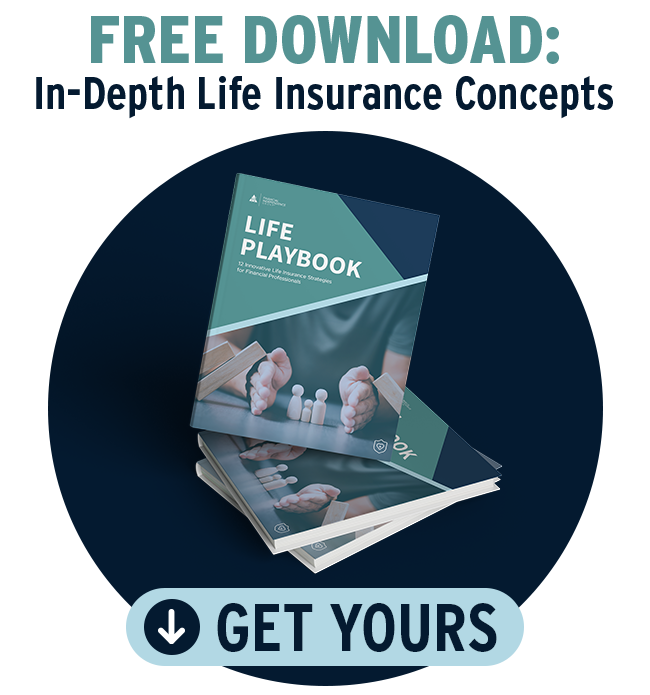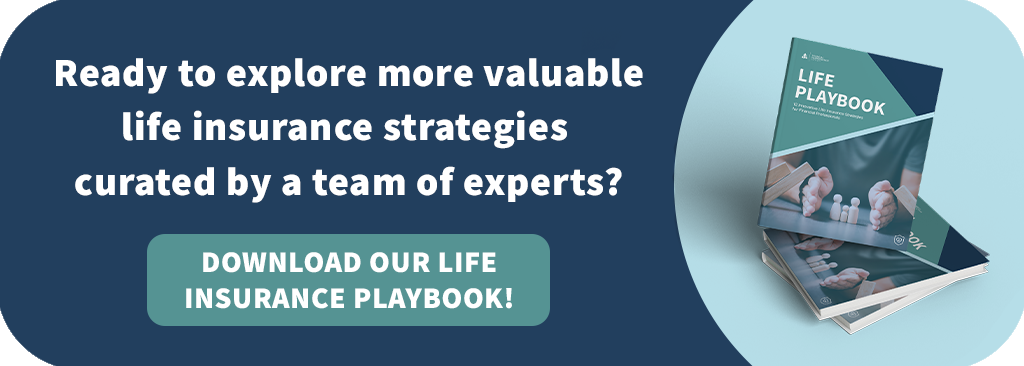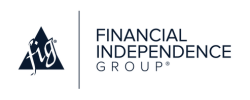Updated: October 10, 2024, at 12:06 PM
When it comes to permanent insurance, guaranteed universal life (GUL) has become the transitional product for advisors looking to take the next step beyond term insurance.
For clients who only understand term insurance, hearing that a GUL can provide a guaranteed death benefit for life tends to resonate well with them. That death benefit is of tremendous value to your clients, but there is another key benefit to consider: cash value.
Guaranteed Universal Life Features
For many, permanent life insurance makes more sense than term because they don’t want to worry about paying premiums on a policy that will never pay a death benefit. The primary reason advisors offer GUL products is because it is designed to provide a death benefit, regardless of when a person dies.
GULs are not effective in building potential cash value and one must pay premiums exactly as prescribed. Paying premiums late or even too early could drastically decrease the life of the policy. Though universal life insurance was designed to be a flexible product to combat the rigid premium payment structure of a whole life policy, a GUL offers very little premium payment flexibility.
But you may ask, “GUL insurance premiums are cheaper, right?”
Well, yes and no.
If we’re comparing GUL premiums to term insurance premiums based on the same death benefit, GUL premiums are more expensive. If we perform the same comparison between GUL and whole life insurance, then GUL premiums are cheaper. GUL is considered “permanent term insurance” because it brings the cost-effective qualities of a term policy into the arena of permanent life insurance.
GUL or IUL?
GUL policies most certainly have a purpose, but if you’re selling these products because you believe they are the cheapest way to provide your customer with a lifetime death benefit, you should also consider indexed universal life (IUL). Traditionally, IULs are designed for maximum accumulation as a more cost-effective way to build the cash value you might find in a whole life policy.
Like GULs, IUL policies have a guaranteed death benefit, but IULs generally have cheaper premium payments. Imagine presenting an IUL illustration to your client with a guaranteed death benefit and potential opportunity for greater cash value growth than what you could find in a GUL product.
Related: Credit vs. Cost: Understanding IUL in the Aftermath of AG49
Final Thoughts
Carriers like Protective Life, Global Atlantic, and others are turning to IULs to capture what were traditionally GUL sales. On average, clients between ages 55-65 will find Protective’s IUL could save them approximately 7% in premium costs and Global Atlantic’s Lifetime Foundation ELITE could save over 10%. As cash value builds in these policies, clients have premium payment flexibility while still enjoying a guaranteed death benefit.
So my only question for you is this: If you could save your client money while providing the same guaranteed death benefit and an opportunity for potential cash value growth, why aren’t you?
Ask your FIG sales consultant about our IUL resources to help you successfully market to your target audience.
Learn More: Comprehensive Analysis & Review Program Overview
Guarantees are backed by the financial strength and claims paying ability of the issuing insurance company. FIG does not give tax or legal advice. Your client should consult with and rely on their own tax and legal advisors regarding their particular situation.
This is not a comprehensive overview of all the relevant features and benefits of any particular product. Be sure to review all of the material details about any products referenced in this article before making specific recommendations to clients.



